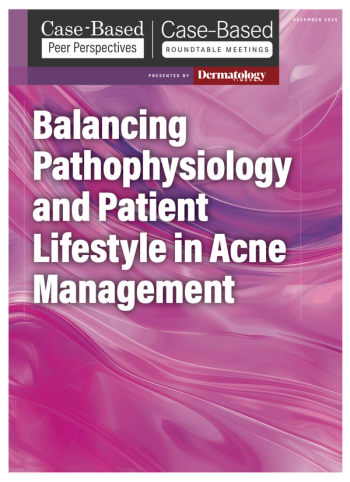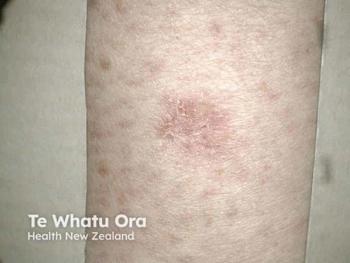
Sun exposure, HPV play role in NMSC
Results of a new study suggest that having antibodies for cutaneous types of human papillomavirus, coupled with exposure to the sun’s ultraviolet radiation or poor tanning ability, can act synergistically in the development of nonmelanoma skin cancers such as basal cell carcinoma and squamous cell carcinoma.
Tampa, Fla. - Results of a new study suggest that having antibodies for cutaneous types of human papillomavirus (HPV), coupled with exposure to the sun’s ultraviolet radiation or poor tanning ability, can act synergistically in the development of nonmelanoma skin cancers (NMSC) such as basal cell carcinoma (BCC) and squamous cell carcinoma (SCC).
Researchers with Moffitt Cancer Center, Tampa, Fla., and the German Cancer Research Center, Heidelberg, Germany, found that cutaneous sensitivity to sunlight exposure and poor tanning ability were associated with a higher prevalence of antibodies to cutaneous HPV types in genus beta. Associations between poor tanning ability and SCC were “significantly greater” among those positive to antibodies to cutaneous HPV types in genera alpha and beta.
The researchers hypothesized that persistent HPV infection may promote tumor progression by interfering with a person’s response to UV radiation-induced DNA damage, and that HPV plays a synergistic role in the development of BCC and SCC.
“Identifying how HPV infections might influence sunlight-associated risks of nonmelanoma skin cancer may lead to improved identification of high-risk individuals and also aid in the development of new prevention strategies,” Newswise quoted study author Dana E. Rollison, Ph.D., as saying.
The study was published in the
Newsletter
Like what you’re reading? Subscribe to Dermatology Times for weekly updates on therapies, innovations, and real-world practice tips.

















